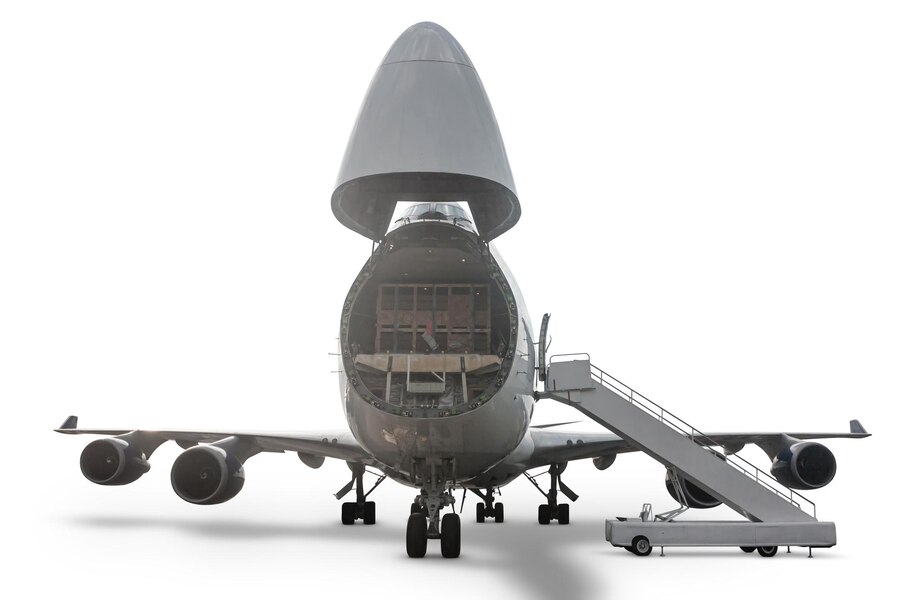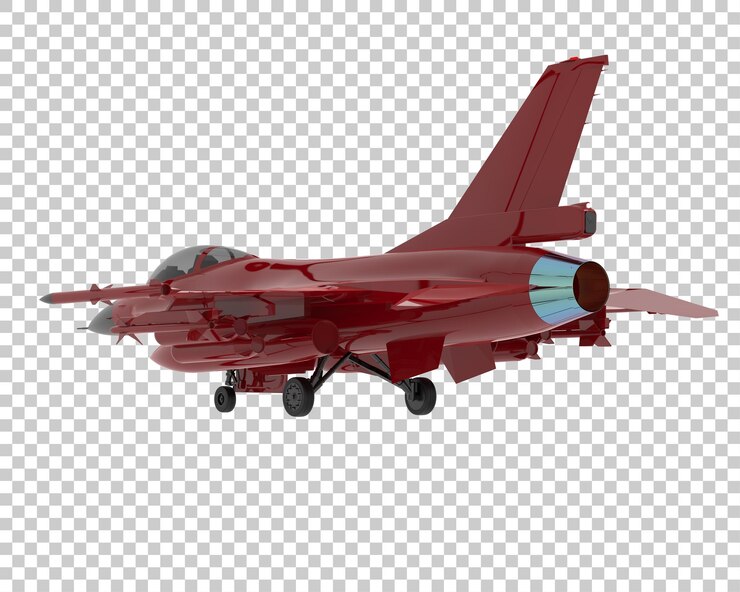
Space exploration has always been a fascinating endeavor, pushing the boundaries of what humanity can achieve. Among the many spacecraft that have captured the imagination of astronomy enthusiasts and the space technology community is the BAE-159. But what makes BAE-159 so significant? This blog post will take you on a deep dive into the world of BAE-159 equivalentes, examining its innovations, impact on space exploration, and its role in education.
Our goal is to offer valuable insights into how BAE-159 stands out among other spacecraft, the technology behind it, and what the future holds for this marvel. Whether you’re an amateur stargazer, a seasoned astronomer, or an educator, this article aims to provide you with the knowledge you need to appreciate the full scope of BAE-159’s contributions to space science.
When it comes to space technology, several spacecraft have made their mark, but few compare to the ingenuity and advancements found in BAE-159. One of the standout features of BAE-159 is its advanced propulsion system, which offers higher efficiency and longer mission durations compared to its predecessors.
For instance, while traditional spacecraft like the Voyager series rely on chemical propulsion, BAE-159 employs electric propulsion, making it more fuel-efficient and capable of longer journeys. This innovation not only extends the lifespan of missions but also opens up possibilities for deeper space exploration.
Another advantage of BAE-159 is its modular design, which allows for easier upgrades and repairs. Unlike older spacecraft that need extensive downtime for maintenance, BAE-159 can be serviced in orbit, minimizing disruptions and maximizing productivity. This flexibility is crucial for missions that require long-term data collection and analysis.
 BAE-159 has had a profound impact on both space exploration and education. For scientists, the data collected by BAE-159 has provided new insights into the mysteries of outer space. From identifying new celestial bodies to studying the effects of cosmic radiation, BAE-159 has broadened our understanding of the universe.
BAE-159 has had a profound impact on both space exploration and education. For scientists, the data collected by BAE-159 has provided new insights into the mysteries of outer space. From identifying new celestial bodies to studying the effects of cosmic radiation, BAE-159 has broadened our understanding of the universe.
In the realm of education, BAE-159 serves as an excellent teaching tool. Its advanced technology and successful missions inspire students to pursue careers in STEM (Science, Technology, Engineering, and Mathematics). Educational institutions have integrated BAE-159-related content into their curricula, offering students hands-on experience with real-world applications of space technology.
Additionally, public outreach programs featuring BAE-159 have captured the imagination of people around the globe. By hosting webinars, live Q&A sessions with astronauts, and virtual tours of the spacecraft, these initiatives have made space exploration accessible and exciting for everyone.
The technological marvel that is BAE-159 wouldn’t be possible without its state-of-the-art components. Let’s take a closer look at some of the key technologies that power this spacecraft.
At the heart of BAE-159’s capabilities is its electric propulsion system. Unlike traditional chemical thrusters, which burn fuel to create thrust, electric propulsion uses electric energy to accelerate ions. This method is far more efficient, allowing for longer missions and reducing the amount of fuel needed.
BAE-159 is equipped with advanced communication systems that enable real-time data transmission between the spacecraft and ground control. These systems use high-frequency bands to ensure clear and reliable communication, even over vast distances. The inclusion of autonomous communication protocols allows BAE-159 to make critical decisions without waiting for instructions from Earth.
The array of scientific instruments onboard BAE-159 is designed to collect a wide range of data. From high-resolution cameras to spectrometers, these tools enable detailed analysis of celestial objects and phenomena. The data collected is then transmitted back to Earth for further study, contributing to our collective knowledge of space.
 Technology Community
Technology CommunityThe future looks bright for BAE-159 and the broader space technology community. With ongoing advancements in AI and machine learning, future iterations of BAE-159 could feature even more autonomous capabilities, allowing for more complex missions without direct human intervention.
Collaborations with international space agencies and private companies are also on the horizon. These partnerships aim to pool resources and expertise, accelerating the pace of innovation and reducing the costs associated with space exploration. For example, joint missions with agencies like NASA or ESA could expand the reach and capabilities of BAE-159 equivalentes, contributing to global efforts in space research.
Additionally, the focus on sustainability is driving the development of eco-friendly spacecraft. Future versions of BAE-159 may incorporate sustainable materials and energy sources, minimizing the environmental impact of space missions.
In summary, BAE-159 equivalentes represent a significant leap forward in space exploration and technology. Its advanced propulsion system, modular design, and state-of-the-art components set it apart from traditional spacecraft. The impact of BAE-159 extends beyond science, inspiring future generations and fostering a sense of community among space enthusiasts.
It is a long established fact that a reader will be distracted by the readable content of a page when looking at its layout. The point of using Lorem Ipsum is that it has a more-or-less normal distribution
contact us : laynmade5@gmail.com